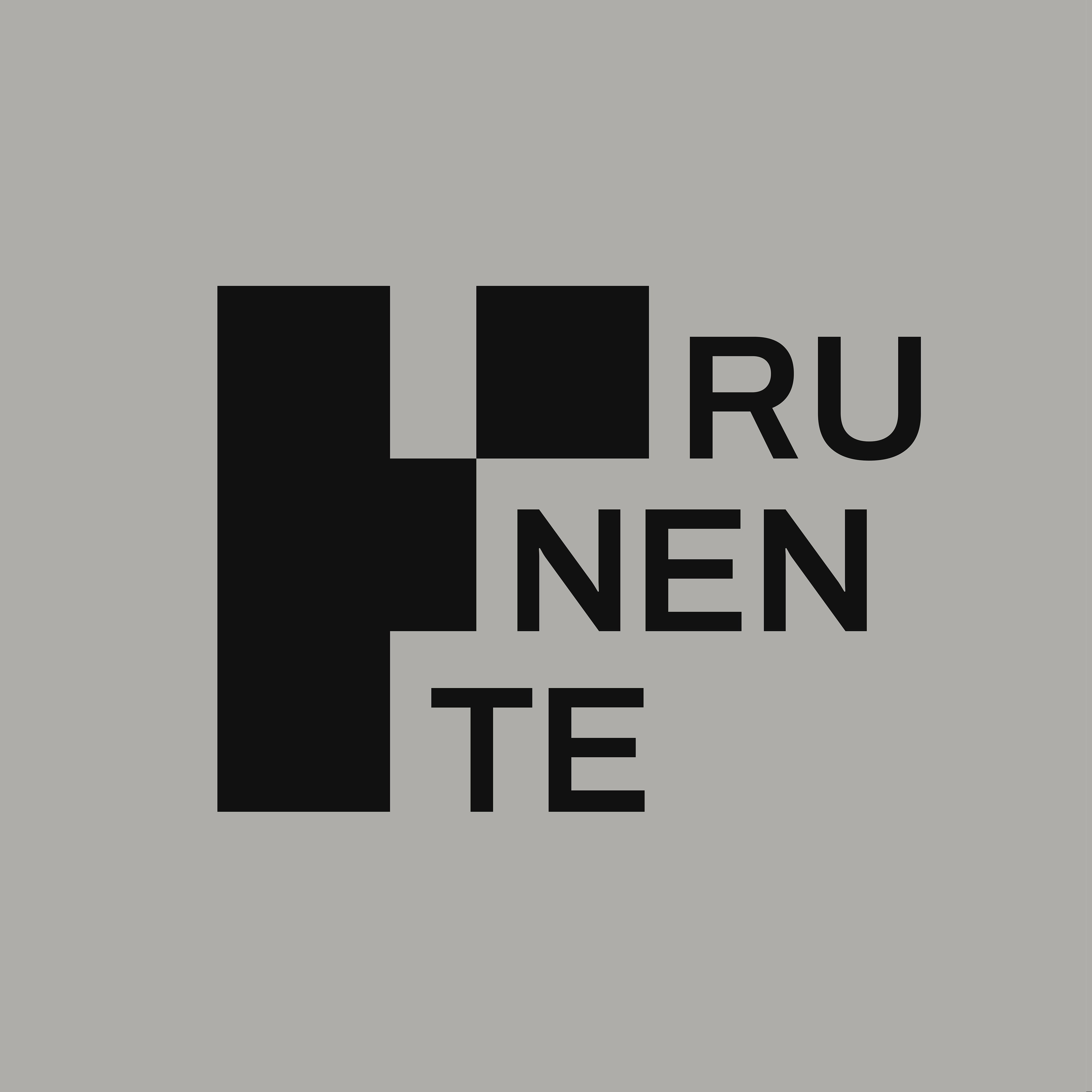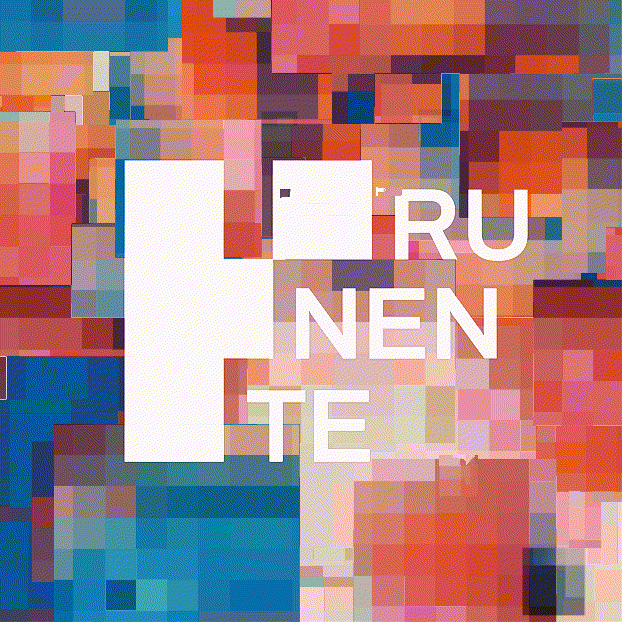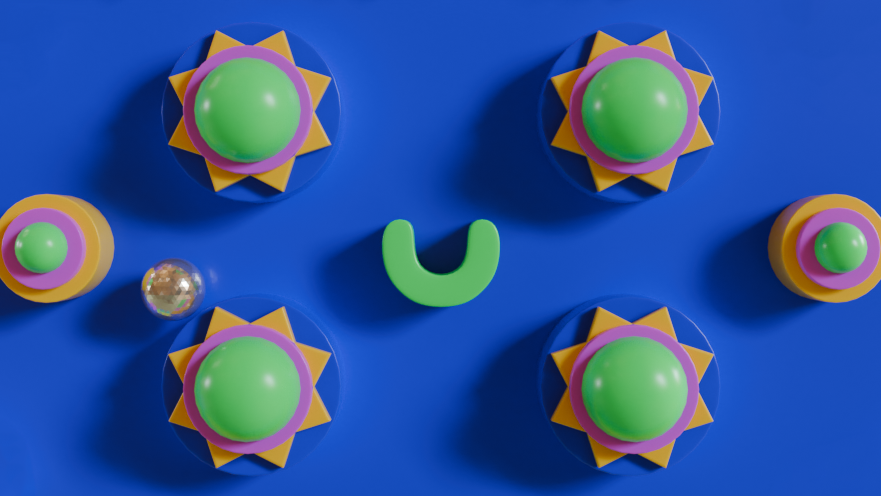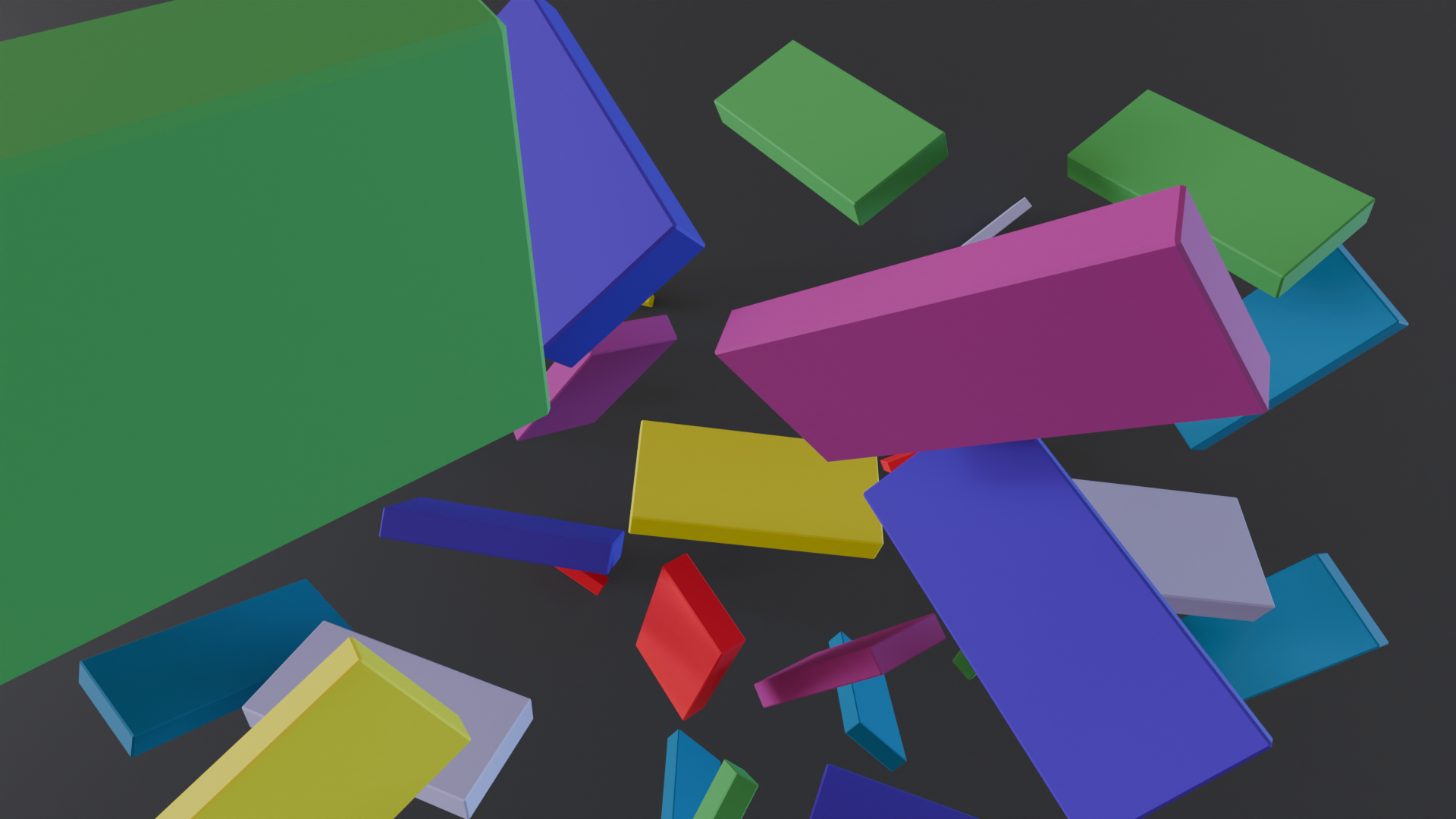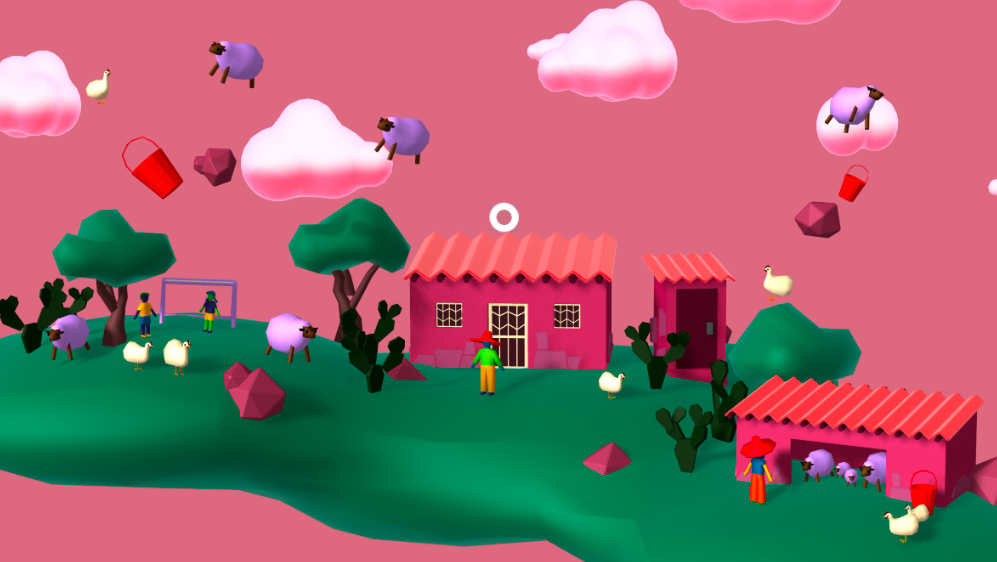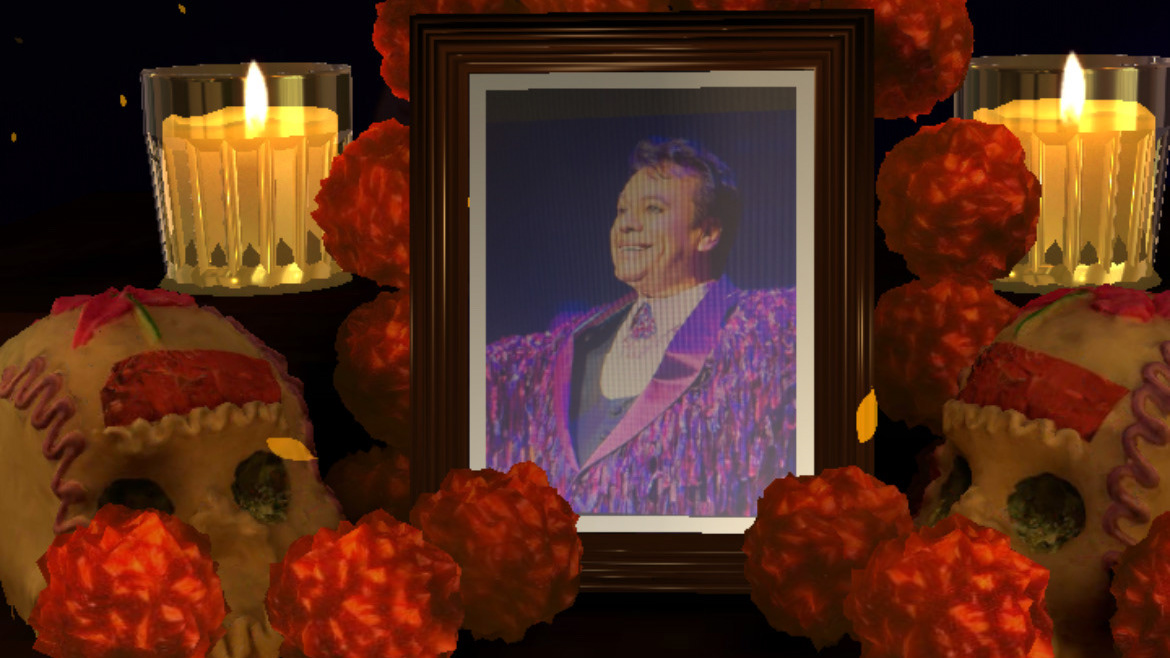Free Fire
How to turn a music video into an entire experience
Garena, a Singaporean game developer and publisher –and a previous customer–, came to Runente with a request unlike any of its previous ones: the company wanted help growing the impact of Free Fire’s lore in the real world and consolidating its universe outside of the game itself.
So, how could an interactive experience reach gamers outside of video games while piquing interest amongst people who are yet to experience Free Fire itself? For us, the answer was using one of the most universal languages in the world: music.
For the last four decades, songs and music videos have gone hand in hand. So, how did Runente manage to provide a fresh take to a medium that appears to have seen it all? Keep reading to find out.
First version of the moodboard.
The request
Garena first contacted Runente for this project in May 2022. Before then, every project between the two companies had been centered on Instagram, but this cooperation had built a lot of rapport, as well as a good idea of what working together looked like.
The Singaporean game-maker had identified that many players would pick a character based on looks and first impressions, without actually knowing the lore behind each or Free Fire’s characters. For this campaign they wanted to remedy that through an interactive experience that would bring this lore closer to its gamers.
The campaign had already started with a music video by Mexican hip-hop artists Ladrones and Lobo Estepario, and Garena knew they wanted to leverage this first piece as a building block for whatever came next.
Inspired by Moco, a hacker character who plays a big role during Free Fire’s Rampage chapter, Runente came up with the idea of a website where you enlist as a part of Moco’s team in order to analyze the video and find clues through the use of fictional software.
The blueprint
The interactive experience, hosted on a website, would encourage users to scan different parts of the video in order to find elements of the story such as new materials or characters. Clues found in the video would add up in order to offer different rewards for users.
“It started as a way to generate empathy with characters and the franchise in general, through an experience that isn’t necessarily limited to Instagram’s platform, but hosted on the web, which allows us to be more daring. The other elements included in the campaign helped inform the visual proposition and the actual interactive experience as well”, Rolando González, Creative Director at Runente.
Shader tests for the video scanning effect.
This alignment of visual language was important because, according to González, it made all the difference between the elements being part of a hacker’s scanner lifted from the actual video game and being some random gizmo that wouldn’t add much to a campaign.
One of the main concerns during development was optimization, not just for the sake of the customer experience, but also because of the potential costs for the client.
“You might think that having an experience that weighs around 100MB is not much, but our client (Garena) has over 2 million users in Latin America, so the number of expected visits could quickly inflate total data transmitted from servers. This is why optimization was so vital for the success of the project”, Rolando González, Creative Director at Runente.
Overall, the final product’s size ended up being around 10% of the first version’s size.
Bumps on the road
Happily, this was a fairly straightforward project, which is to be expected when talking about a client we knew and had worked with on 4 or 5 projects before this one.
Therefore, this is a good chance to highlight that constant two-way communication, live shared folders with project checkpoints, and dynamic working cells are great assets to keep up the required pace and do micro-course corrections when necessary.
Excellence goes beyond a WhatsApp group or a Slack channel.
Early styleframes.
What we learned and how it applies to future projects
Custom interfaces are great building blocks for transmedia projects: the game’s narrative was served by taking a website beyond its traditional image and text limitations. This allowed us to introduce a new story in a more compelling way and, by extension, have a more engaging campaign.
Gen Z’s native multitasking might be an opportunity: Much has been said about the younger generations’ multi-screen habits but, in this case, having a companion activity to be performed while watching a well-known medium gave us a chance to familiarize the audience with the video and the song while offering them a new prize-driven goal.
Live info is a lifeline: we mentioned this in the previous section, but it bears repeating because we are talking about a global campaign with constantly changing information. Whenever possible, having this changing information immediately reflected in our available materials can be the difference between comfortably meeting a deadline or having several sleepless nights.
Modular teams rule. Keeping small working cells that are easily managed and quickly adaptable helps us make corrections without affecting customer experience and, ultimately, provide customers with a better product.
